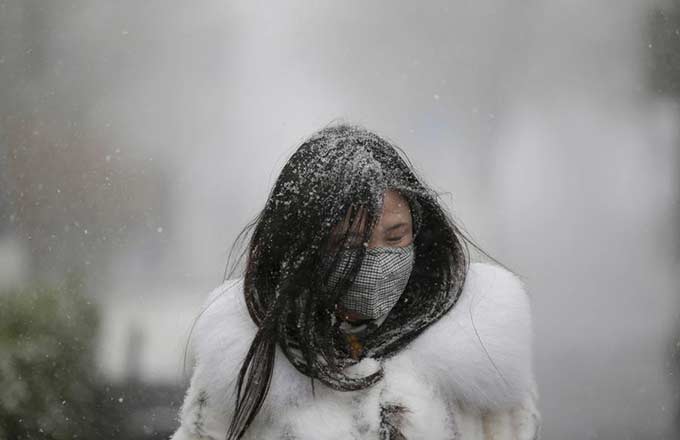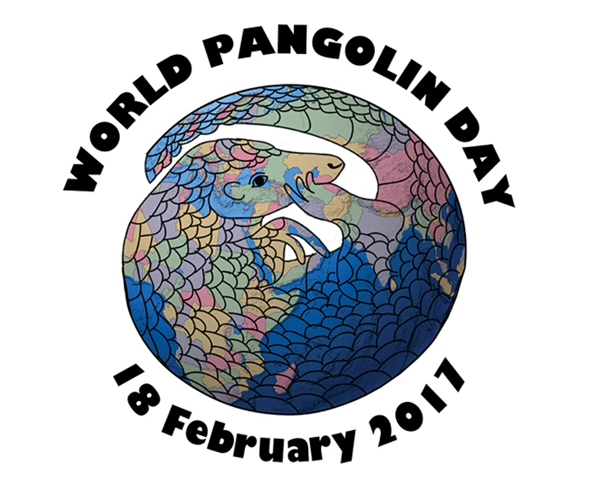China reports 4th H7N9 bird flu death
SHANGHAI -- Another person died of H7N9 bird flu in east China's Shanghai on Thursday, bringing the total number of such deaths in the country to four, according to local authorities.
Three suspected H7N9 cases were also reported in the city, said the Shanghai Municipal Health and Family Planning Commission on Thursday.
The latest death case involved a 48-year-old man surnamed Chu, who was a native of Rugao in neighboring Jiangsu Province. The man was a poultry transporter.
He developed symptoms of coughing on March 28. After having a fever on Monday, he went to a private clinic for treatment. The man then sought help in the Tongji Hospital in Shanghai in the early hours of Wednesday after his condition worsened.
Chu died three hours after being admitted to the hospital. He was confirmed to have been infected with the H7N9 virus on Thursday. Eight people who had close contact with him have shown no abnormal symptoms.
Chu was the third death case in Shanghai and the fourth in the country.A patient in eastern Zhejiang Province had also died of the virus.
On Thursday, another H7N9 bird flu case was confirmed in Zhejiang, the provincial health department. The patient, a 64-year-old man from Huzhou City, is being treated in hospital.
So far, China has confirmed 11 H7N9 cases -- four in Jiangsu, three in Shanghai, one in Anhui and three in Zhejiang.
Health authorities and hospitals in many Chinese provinces have been on high alert for the virus.
In Nanchang, capital of Jiangxi Province, which neighbors Zhejiang, five hospitals have been selected and ordered to be ready to treat H7N9 patients, though no cases have been reported there.
South China's Guangxi Zhuang Autonomous Region has ordered an inventory on medical supplies and respirator deployment for potential H7N9 cases.
China's health authorities have promised transparency and cooperation to the World Health Organization (WHO) in regards to human infections of the new strain of bird flu.
The commission distributed prevention and control plans and technique directives to health institutions nationwide. The directives require areas affected by the new strain of bird flu should prepare daily updates on the local epidemic situation.
"The sources of infection are not yet clear, but based on past experiences and recent epidemiological studies, the sources could be poultry or the secretion and excrement from poultry," according to the plan.
The Chinese Center for Disease Control and Prevention said Wednesday that no human-to-human transmission of H7N9 has been discovered and no epidemiological connection between these cases has been found.
- Beijing welcomes first snow in Year of the Rooster
- Woman spends $726 per month commuting between two cities
- Nobel laureate, Turing Award winner become Chinese citizens, join CAS
- Special driver for special bus for special children
- Textbooks revised to underscore 14-year anti-Japanese war





















